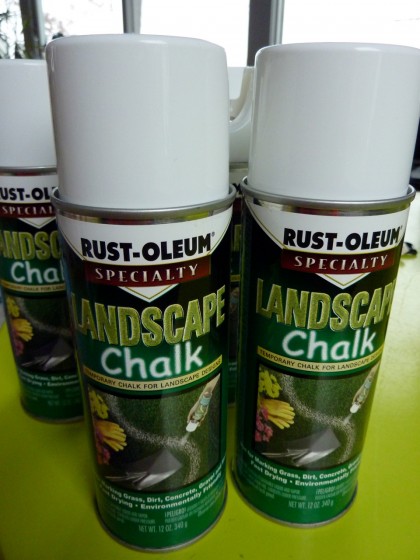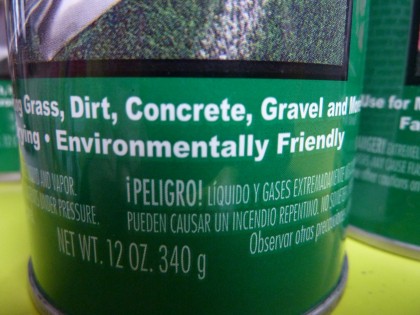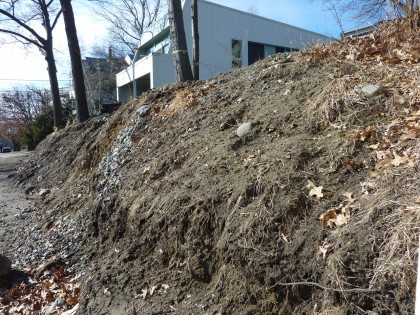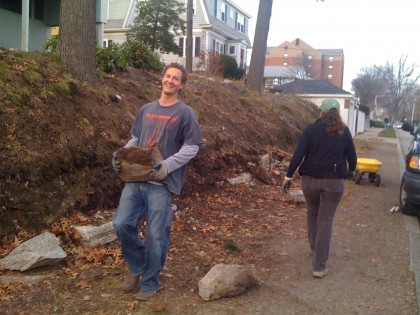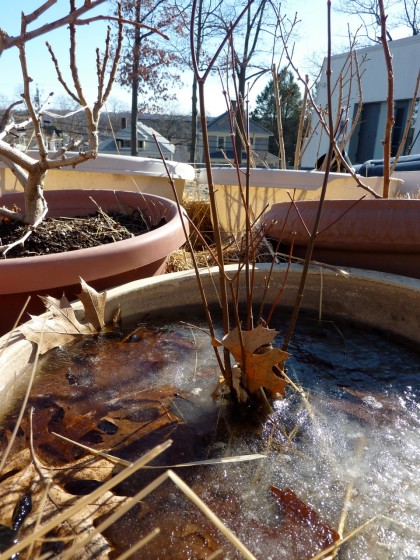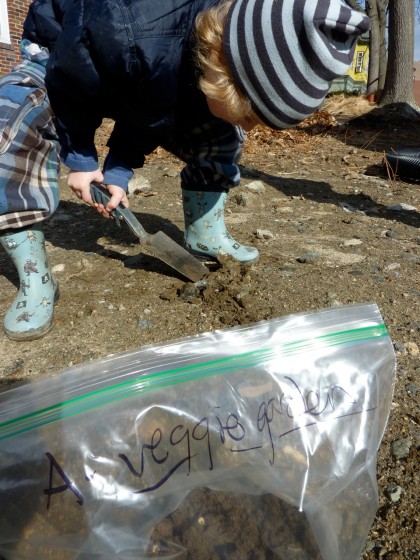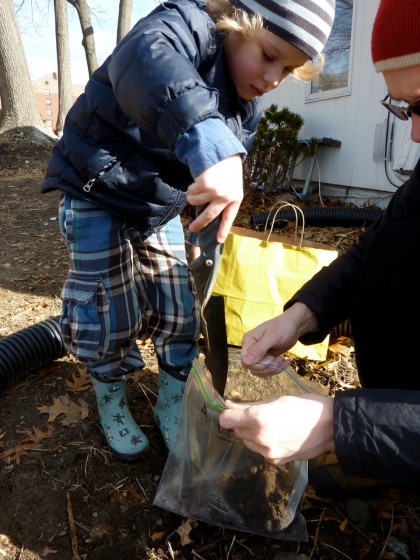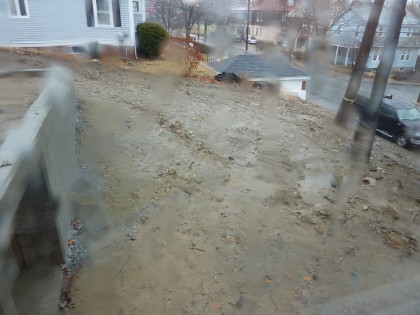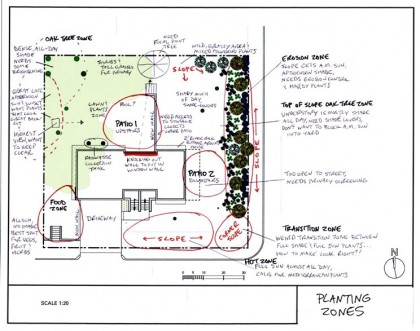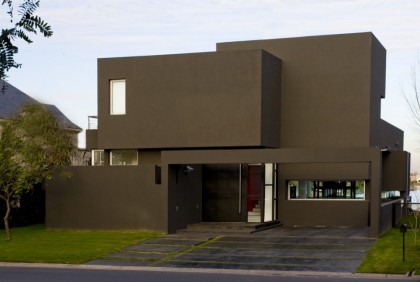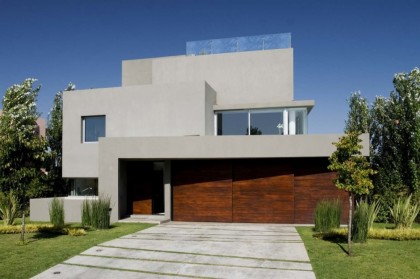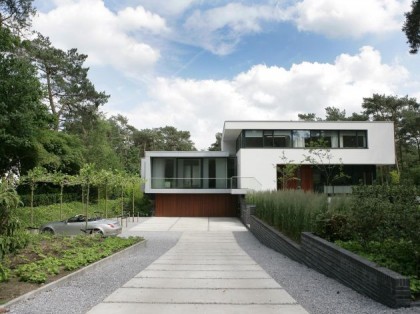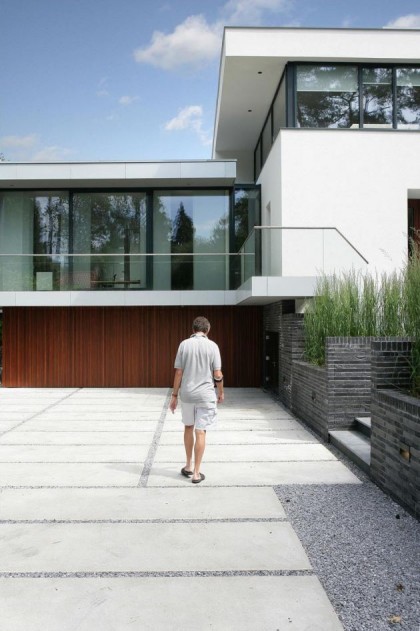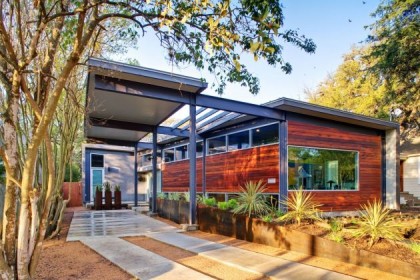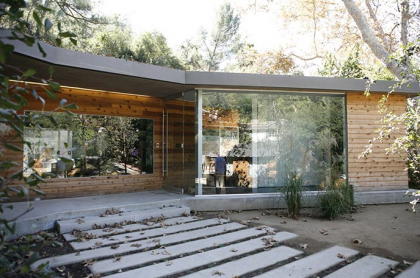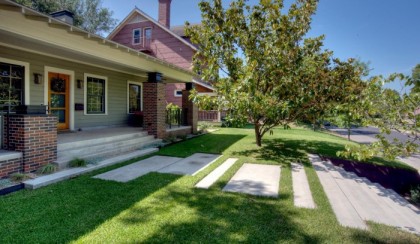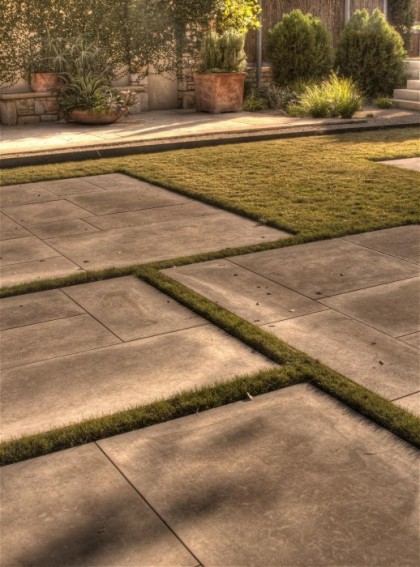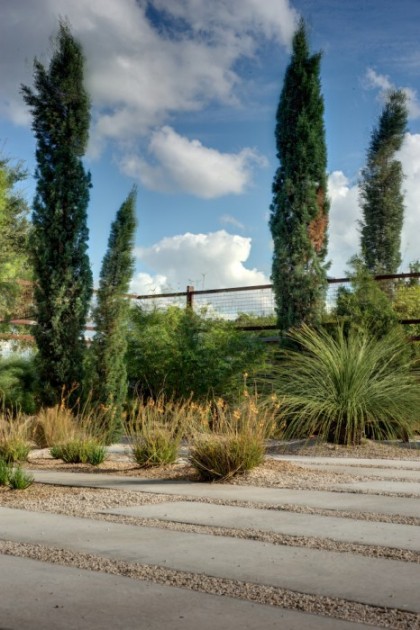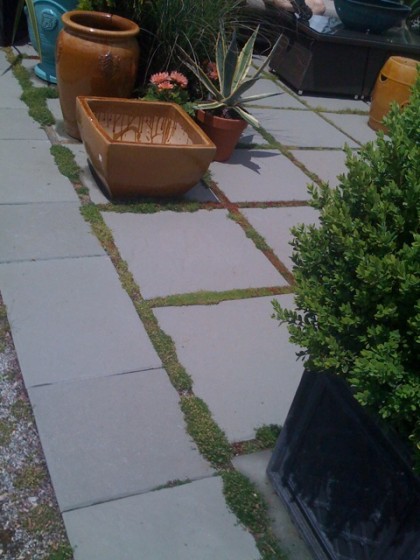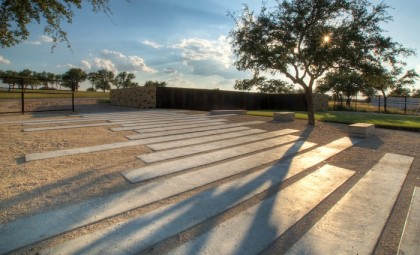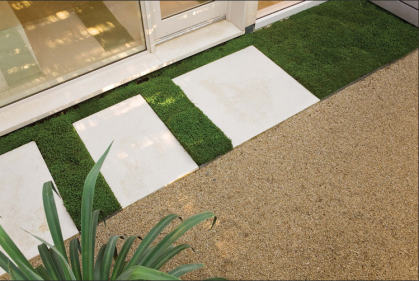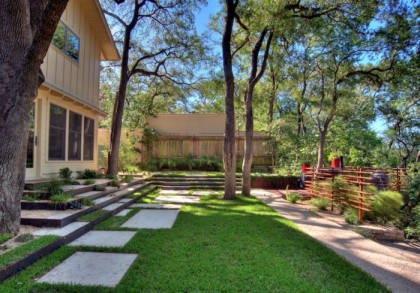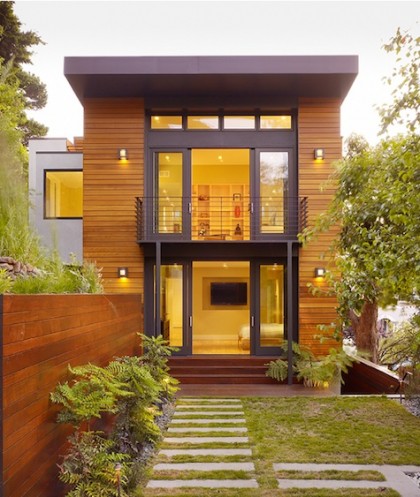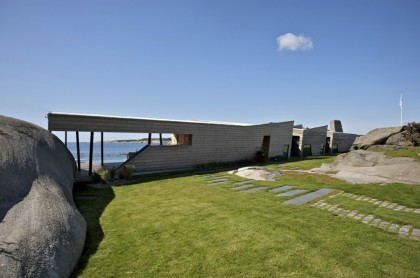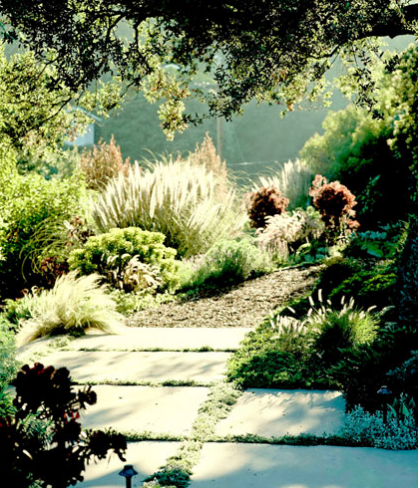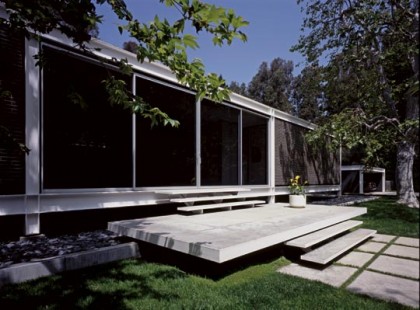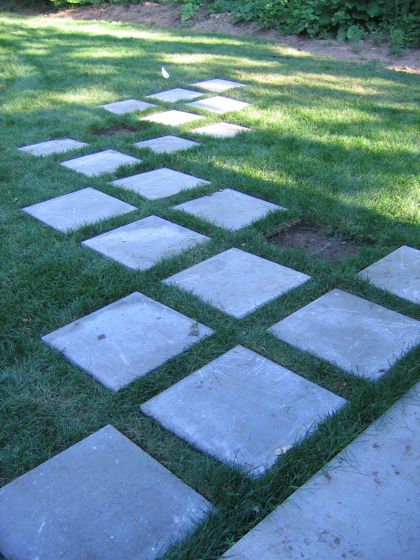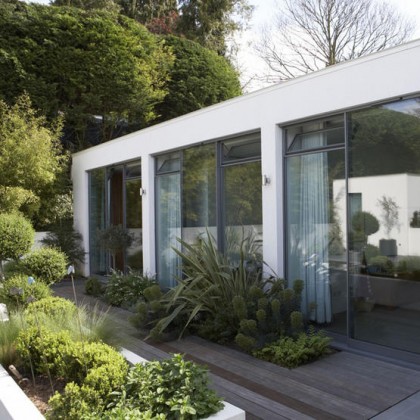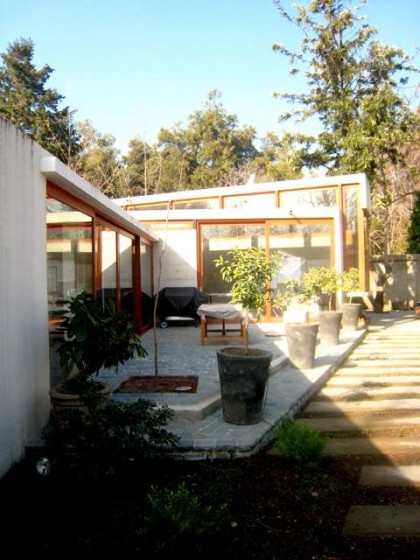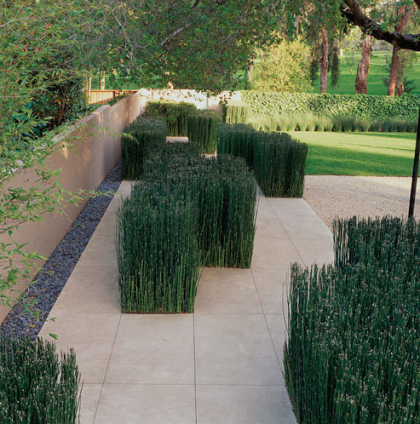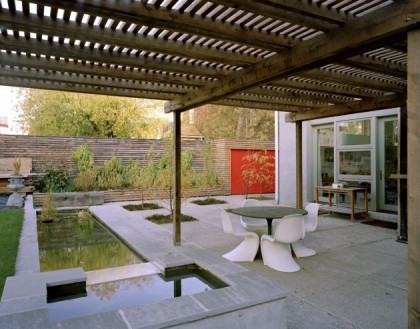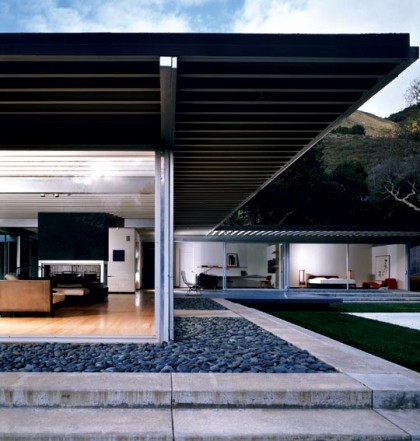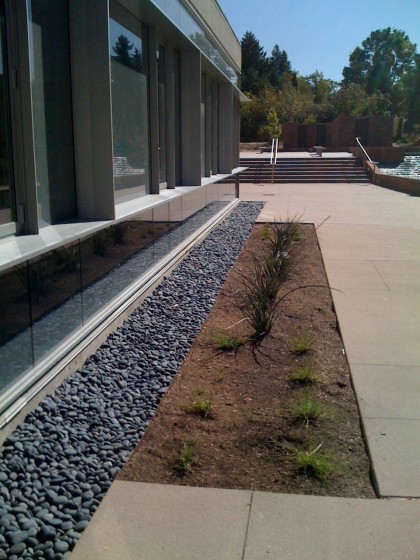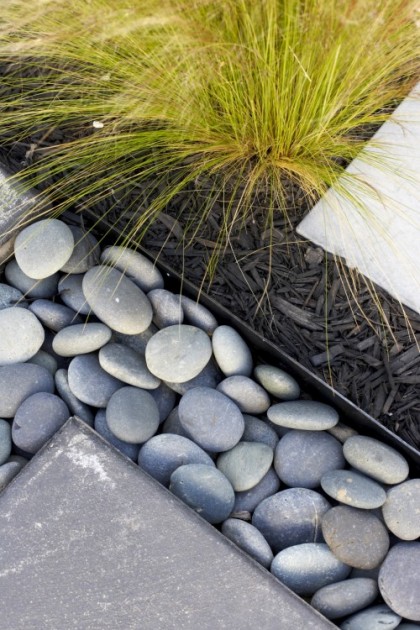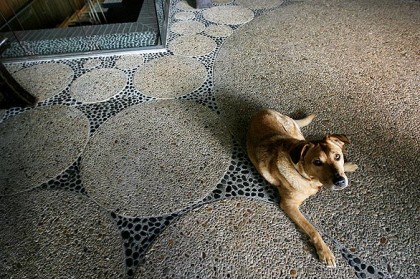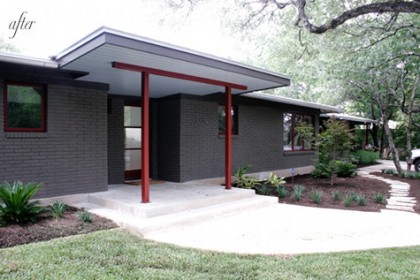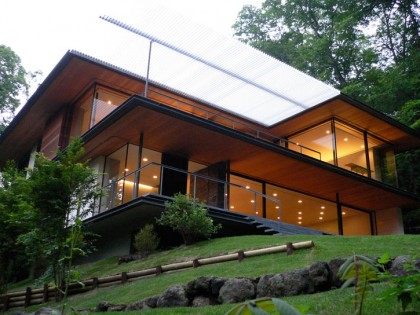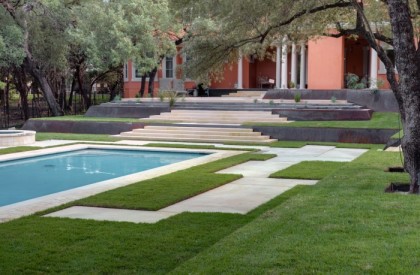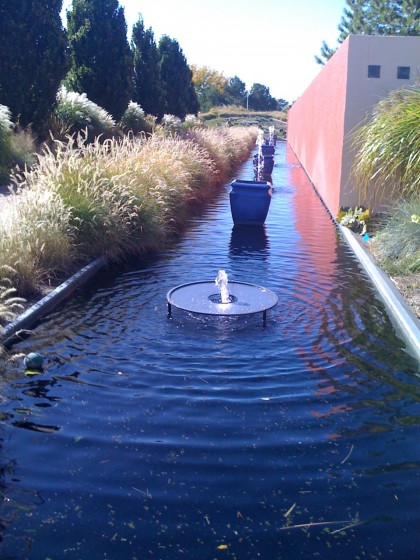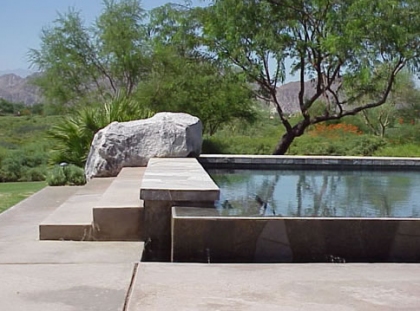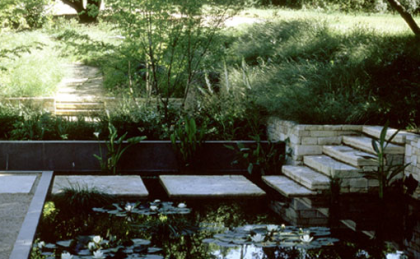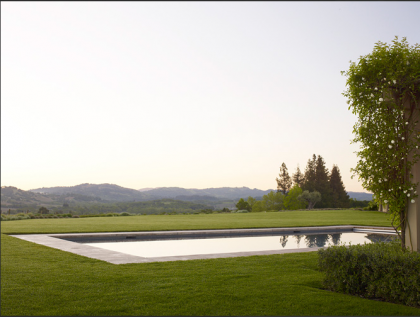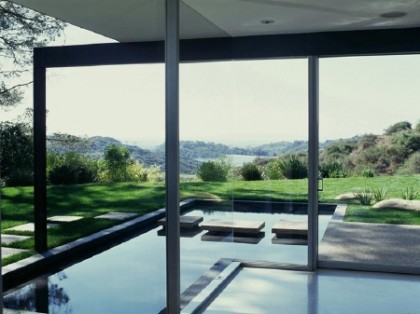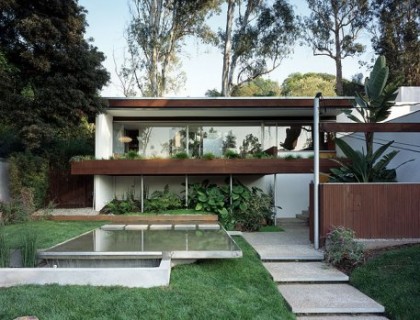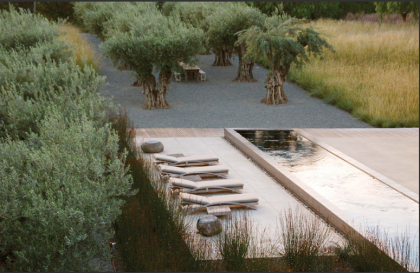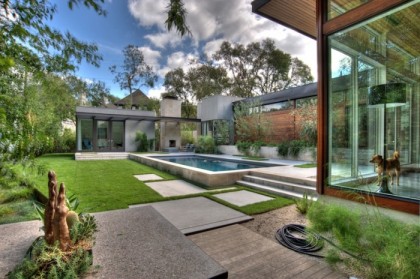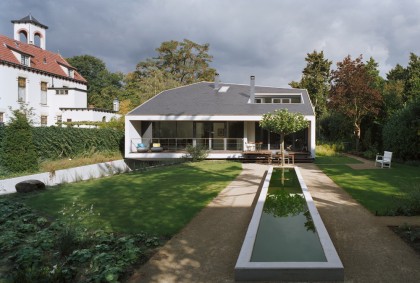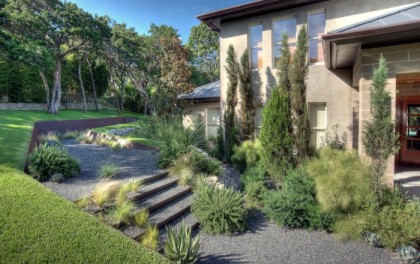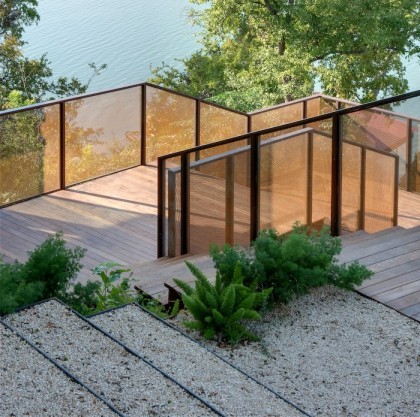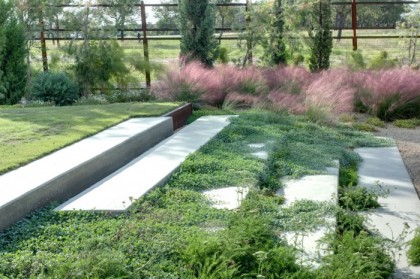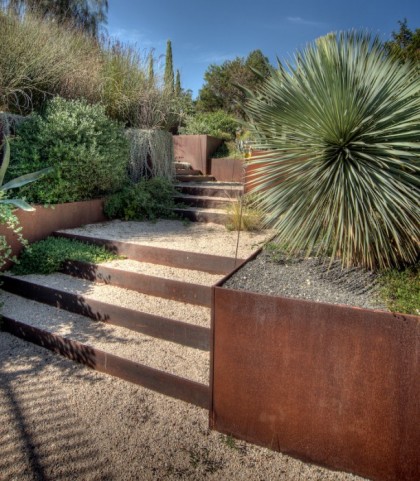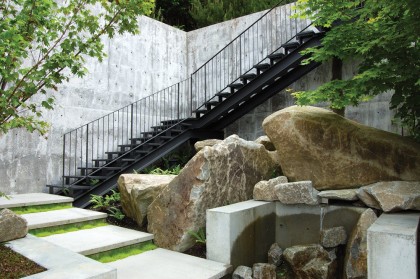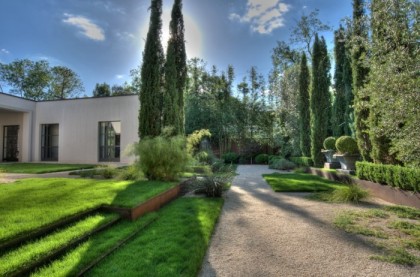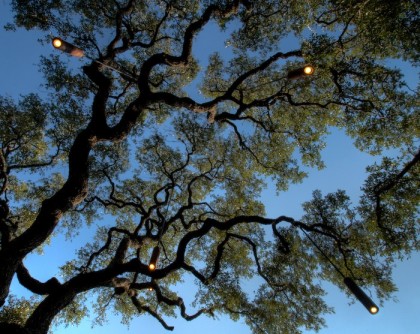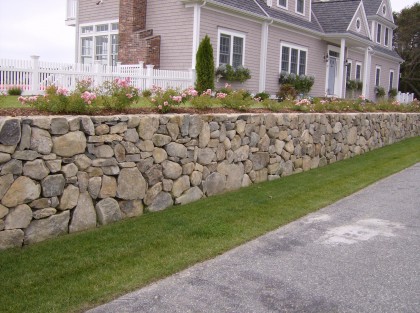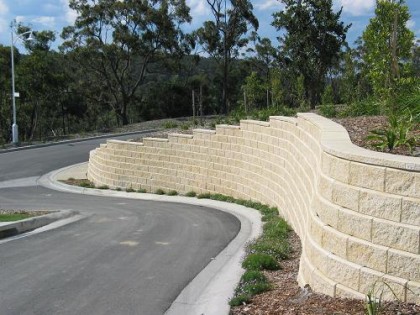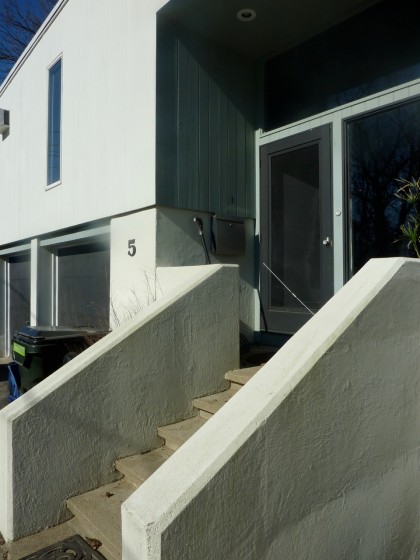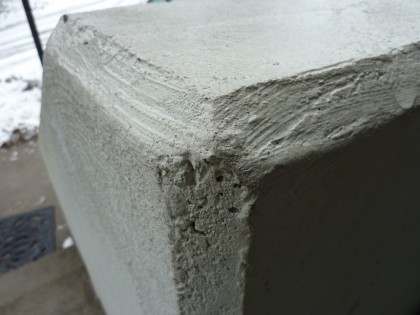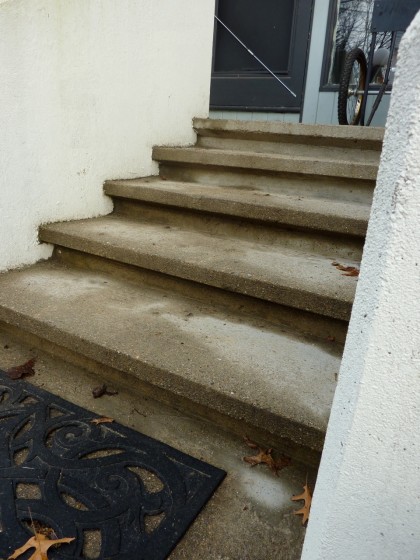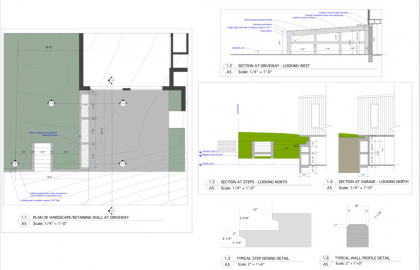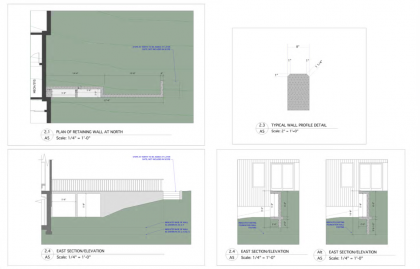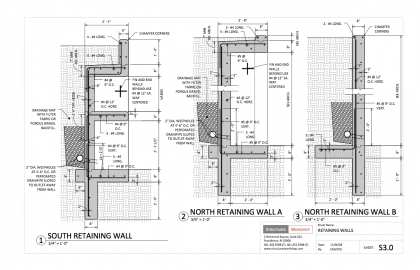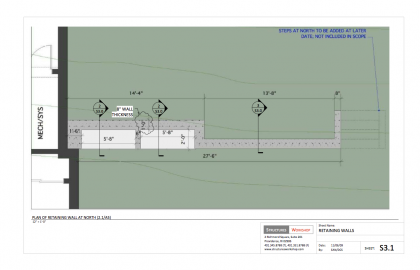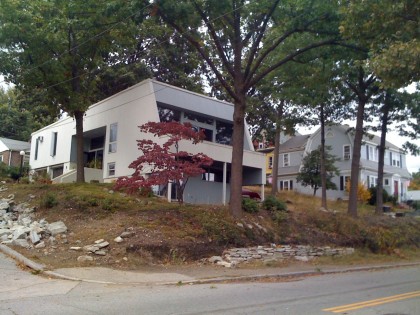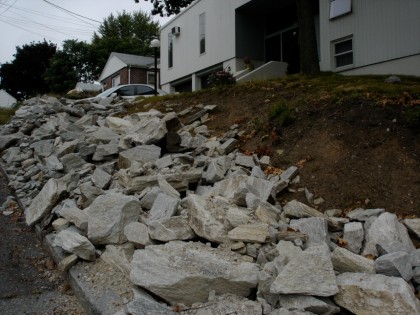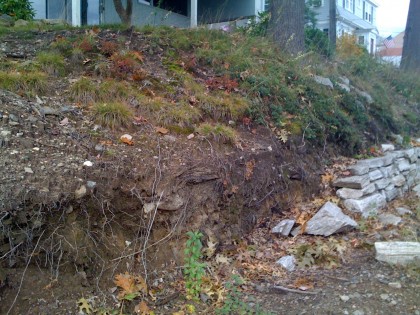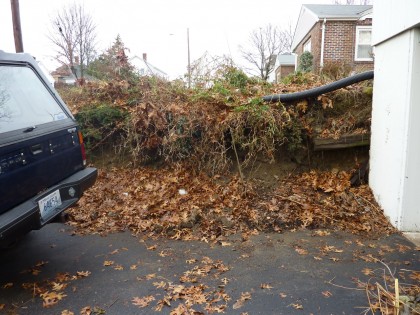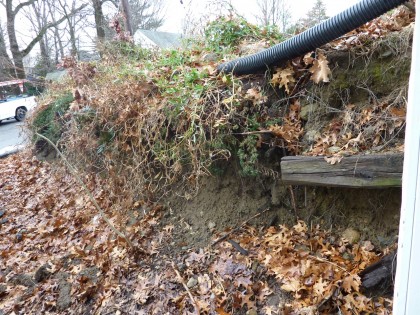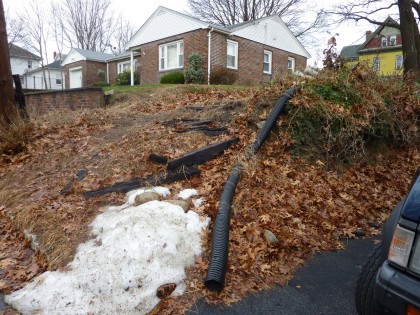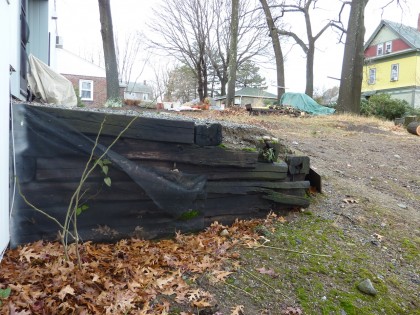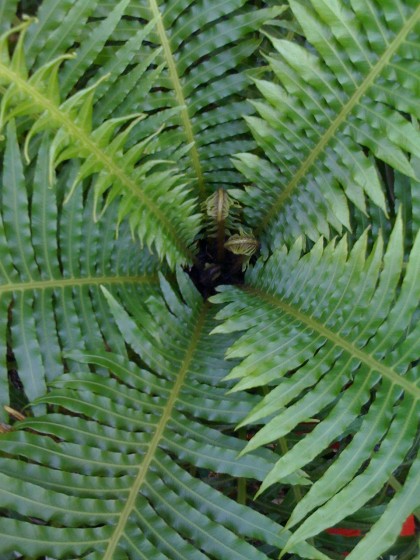Did you catch Erosion Zone, part one? This is part two, Revenge of the Erosion Zone, in which the battle against a tyrannical slope continues. Now that you’ve seen the problems that need solving, here are the plants that are up to the job.
1. Arctostaphylos uva ursi ‘Massachusetts’… also known as Bearberry or Kinnickinnick (Algonquin Indian name)
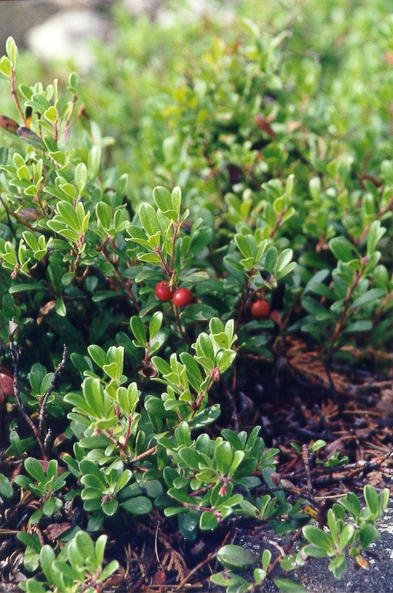
- arcostaphylos uva-ursi (bearberry) | rook.org
WHY PERFECT FOR THIS SPOT? excellent slope erosion control, loves crappy soil, recommended under oaks, native to the East Coast, it’s a spreader, white/pink flowers in spring and red berries in fall for birds, evergreen so it has year-round color, disease- and bug-resistant, long-lived, should do fine in morning sun/afternoon shade, rare and protected in some states
READ MORE ABOUT IT: here and here
* * * * *
2. Comptonia peregrina … also known as Sweetfern
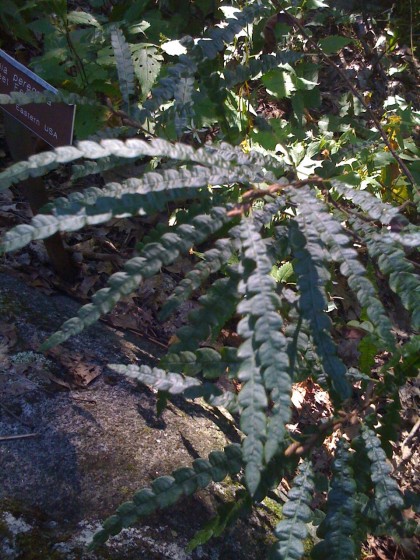
- comptonia peregrina (sweetfern) | shot at Garden in the Woods
WHY PERFECT FOR THIS SPOT? native to the East Coast, great for stabilizing slopes, thrives in dry spots on woodland edges, food for moths and butterflies, gorgeous blue-green foliage will look great peeking out above brighter greens, excellent spreader, it’s actually shrub that looks like a fern, should do great in morning sun/afternoon shade
READ MORE ABOUT IT: here and here
* * * * *
3. Cornus canadensis… also known as Bunchberry or Creeping Dogwood
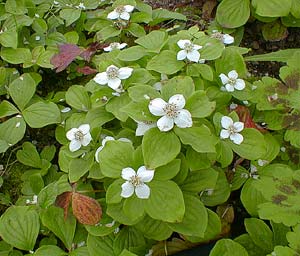
- cornus candensis (creeping dogwood or bunchberry | paghat.com
WHY PERFECT FOR THIS SPOT? nice bright green with white flowers just like a dogwood but only 8″ tall, as a northern native shade-loving woodland groundcover it prefers morning sun and afternoon shade (hey, I have that!), good spreader, likes medium moisture which may be helped once other plants are established, reputed to be dependable so I’m willing to see how it does on-site
READ MORE ABOUT IT: here
* * * * *
4. Ribes sanguineum ‘White Icicle’… also known as white flowering Wild Currant
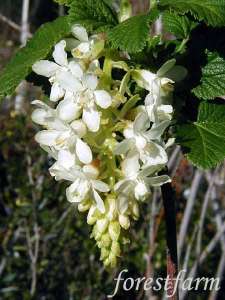
- ribes sanguineum hannaman’s (white flowering currant) | forestfarm.com
WHY PERFECT FOR THIS SPOT? native to the dry open woods and ravines of the Northwest coast, absolutely gorgeous pendulous white flowers, fruits, food for hummingbirds, butterflies and birds, good in zones 4-9 (I’m 5-6ish), drought-tolerant, recommended under oaks, should do great with morning sun/afternoon shade
READ ABOUT RELATED VARIETIES: here, here and here
WHY NOT A NATIVE CURRANT CLOSER TO HOME? our regional variety, known as American black currant or wild black currant (Ribes americanum), has been banned since the early 1900s in an effort to prevent White Pine Blister Rust. Sounds painful. It’s a fungus that was bad for the logging industry at the time. Black currant is officially deemed “a public nuisance” in RI and MA. Heavy. The ban has been lifted in most states. btw, red-flowering currant and pink-flowering currant are two great alternatives to the white — we went with white to unite the color scheme on this slope.
* * * * *
5. Rubus pentalobus ‘Emerald Carpet’… also known as Ornamental Raspberry
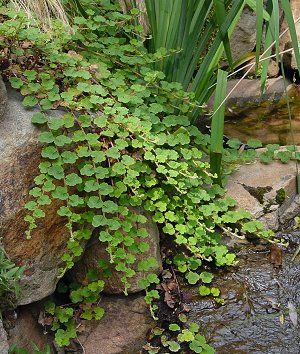
- rubus calycinoides (ornamental or creeping raspberry) | northcreeknurseries.com
WHY PERFECT FOR THIS SPOT? loves climbing steep hillsides, used for erosion control (mostly on the West Coast), very drought-tolerant, from the thickets of Taiwan and has a slight Asian look about it that will tie nicely to the garden above, white flowers in spring, golden fruits for birds later in the season, bright green will really pop in the shade, leaves turn purple in fall and only fall off in extreme cold, insect- and disease-resistant, says hardy in zones 6-9 but in canvassing plant chats about this species (yeah, I’m a geek that way) I see that fanatics from Canada to Connecticut say they have no problems, local nursery endorses it… am willing to experiment
READ MORE ABOUT IT: here, here and here (Arnold Arboretum magazine feature on unique Asian plants grown in the Boston arboretum, including ornamental raspberry — another reason I’m sure it will do well here)
* * * * *
6. Symphoricarpos x chenautlii ‘Hancock’… also known as Chenault Coralberry or Snowberry
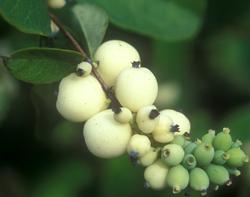
- symphoricarpos x chenaultii (chenault coralberry) | beavercreeknursery.com
WHY PERFECT FOR THIS SPOT? native to the West coastal range but disappearing on the East Coast, pinkish flowers attract hummingbirds, white berries in fall and winter for birds, good spreader, used to restore embankments, drought-tolerant, not picky about soil, hardy in zones 4-7, likes some sun to full shade
READ MORE ABOUT IT: here and here
* * * * *
7. Xanthorhiza simplicissima… also known as Yellowroot
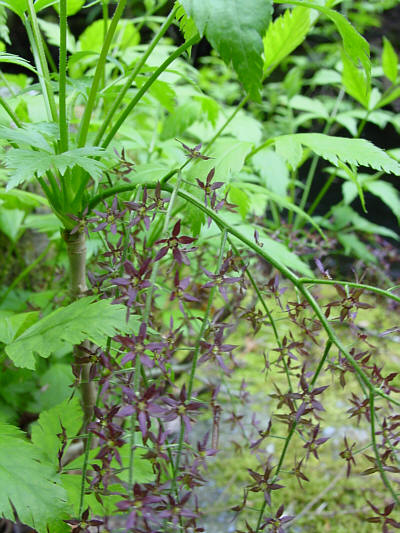
- xanthorhiza simplicissima (yellowroot) in flower | 2binthewild.com
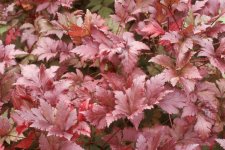
- xanthorhiza simplicissima (yellowroot) in fall | sunfarm.com
WHY PERFECT FOR THIS SPOT? native East Coast woodland shrub accustomed to stream banks, thrives in bright shade to full shade, bright green with small purple flowers in summer, fruit for birds, turns an amazingly deep purple in fall, average soil, great spreader, appears to like some moisture so protection of other plants may help
READ MORE ABOUT IT: here and here
* * * * *
So Shiva talked me into bearberry. I talked her into flowering currant and creeping raspberry. I’m sure her bearberry will do well — great idea, Shiva! I think the fruit-bearers will thrive but I’ll probably give them special attention until established. Garden experiments. Ya never know.
* * * * *
How much will it take to fill 95′ x 8′?
Shiva suggests the following, although we’ll likely need to add after it’s had a year to get established…
1. Arctostaphylos uva ursi/bearberry:
6″h x 1-3’w at maturity … need 15 plants
2. Comptonia peregrina/sweetfern:
2-4’h x 4-8’w at maturity … need 75 plants
3. Cornus canadensis/bunchberry or creeping dogwood:
6-9″h x 2’w at maturity … need 50 plants
4. Ribes sanguineum Hannaman’s White/white flowering wild currant:
roughly 6’h x 6’w at maturity … need 4 plants
5. Rubus pentalobus Emerald Carpet/ornamental raspberry:
6″h x 3’w at maturity … need 9 plants
6. Symphoricarpos x chenautlii Hancock/snowberry:
2’h x 6’w at maturity … need 8 plants
7. Xanthorhiza simplicissima/yellowroot:
2-3’h x 2-3’w at maturity … need 42 plants
Oof, that’s a lot of plants. Now you can see why I need help! Thanks, Shiva, for doing the figuring.
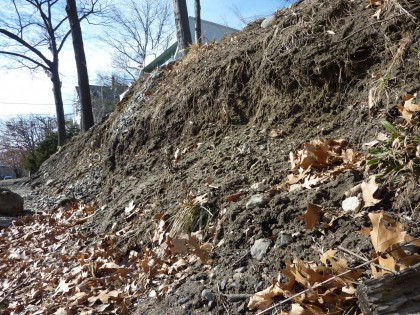
More to come on our erosion zone project as springtime unpacks its bags and the real work begins.
